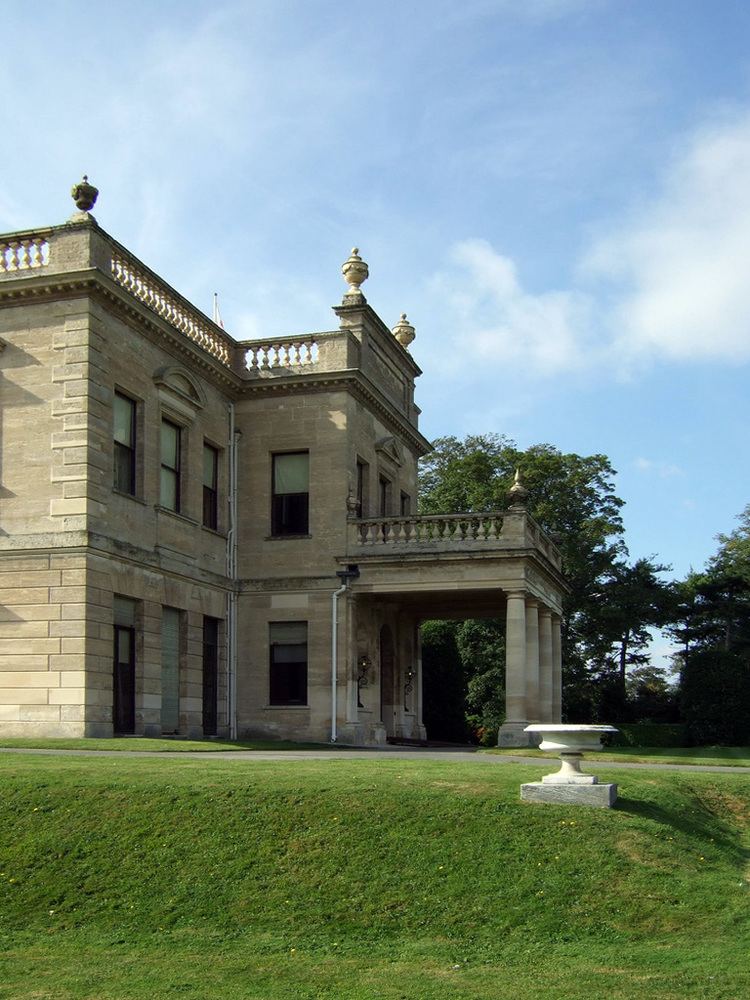Phone +44 1302 722598 | ||
 | ||
Hours Open today · 10AM–4PMSaturday10AM–4PMSunday10AM–4PMMonday10AM–4PMTuesday10AM–4PMWednesday10AM–4PMThursday10AM–4PMFriday10AM–4PM Similar Conisbrough Castle, Cusworth Hall, Yorkshire Wildlife Park, The Vulcan Experience, South Yorkshire Aircraft M Profiles | ||
Brodsworth hall and gardens english heritage
Brodsworth Hall, near Brodsworth, 5 miles (8.0 km) north west of Doncaster in South Yorkshire, is one of the most complete surviving examples of a Victorian country house in England. It is virtually unchanged since the 1860s. It was designed in the Italianate style by the London architect Philip Wilkinson, then 26 years old. He was commissioned for the grand residence by Charles Sabine Augustus Thellusson, who inherited the estate in 1859. The house has more than 30 rooms, ranging from grand reception rooms with original furnishings to the servants' quarters. The house is surrounded by Victorian period gardens, which are used for special events throughout the summer.
Contents
It is constructed in ashlar limestone with lead and slate roofs. The main block is 2-storey rectangular range having 9-bay frontage. It is a grade I listed structure.
Brodsworth hall 4k a view from a drone
History
George Henry Hay, 8th Earl of Kinnoull bought the Brodsworth estate from Sir John Wentworth in 1713 and rebuilt the house, but lost his money in the 1720 crash and was obliged to take the position of Ambassador to the Ottoman Empire. His second son Robert took up residence on the estate instead when he was made Archbishop of York in 1761 and made a number of improvements to the house and grounds. On his death in 1777 the house was left empty and when his eldest son became the 10th Earl of Kinnoull in 1787 he sold the estate in 1790 to Peter Thellusson (1737–1797).
Peter Thellusson had come from the Continent and settled in England, becoming a director of the Bank of England and a tobacco and sugar importer. He wrote an unusual will, unsuccessfully challenged by his family in the Thellusson Will Case, whereby his fortune was put in trust to be untouched for three generations. One of the two eventual beneficiaries was his great-grandson Charles Sabine Augustus Thellusson (the other was the 5th Lord Rendlesham), who inherited in 1859 half the bequest plus the Brodsworth estate with its Georgian house. He demolished the existing house and commissioned the present one, which was built in two years between 1861 and 1863 (and also commissioned the largest private British yacht ever built). He was appointed High Sheriff of Yorkshire for 1866–67. He and his wife Georgiana left four sons, all of whom died childless, and the house therefore passed to each son in turn. After the First World War, spiralling costs resulted in the owners' closing off parts of the house. On the death of the youngest son the house passed to his nephew Captain Grant-Dalton around 1930. He was High Sheriff for 1942.
The last resident of the house was Sylvia Grant-Dalton (wife of Captain Grant-Dalton), who fought a losing battle for 57 years against leaking roofs on the mansion and land subsidence from nearby coal mining. After her death in 1988, English Heritage acquired the house and decided to conserve the interiors "as found" rather than replacing or restoring them. They demonstrate how a once opulent Victorian house grew "comfortably" old.
Lord Markham built the model village Woodlands for the miners at Brodsworth Colliery, who sank the pit in 1905. The colliery operated until the 1990s. The Thellusson family, who leased the land and mineral rights to the colliery company, paid for the construction of All Saints Church (1913) for the village.
The third wife of the last owner, whose second wife was the last family member, lives within the grounds in a house built for the head gardener.
